LINVS
TPF Noob!
- Joined
- Aug 5, 2016
- Messages
- 10
- Reaction score
- 1
- Location
- Alhambra, Calif.
- Can others edit my Photos
- Photos OK to edit
I have heard that shooting with a fast shutter causes grainy pictures. I know that higher speed film is more prone to "graininess" too.
But what really happens? Do the chemicals in the film need a longer exposure to light to "sear" the image into the picture? Is there a simple answer in regards to the whole chemistry of "grain?"
But what really happens? Do the chemicals in the film need a longer exposure to light to "sear" the image into the picture? Is there a simple answer in regards to the whole chemistry of "grain?"




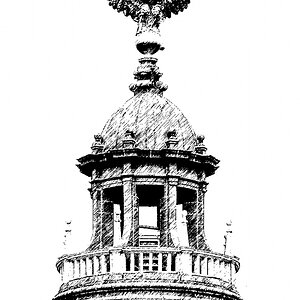

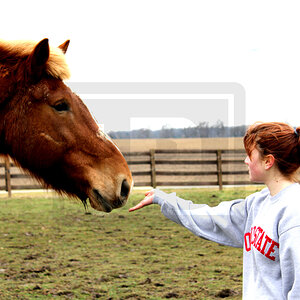
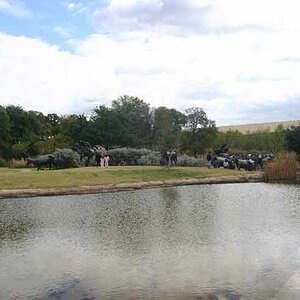

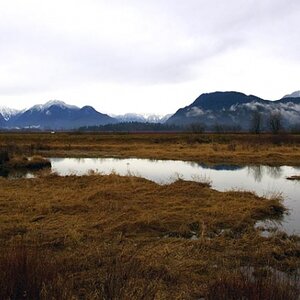
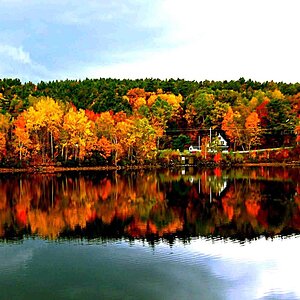
![[No title]](/data/xfmg/thumbnail/35/35597-714b74cc48992e5353856abfe325df68.jpg?1619737065)

![[No title]](/data/xfmg/thumbnail/42/42054-e8278f89f6a543cad8fd644e37b064f3.jpg?1619739992)